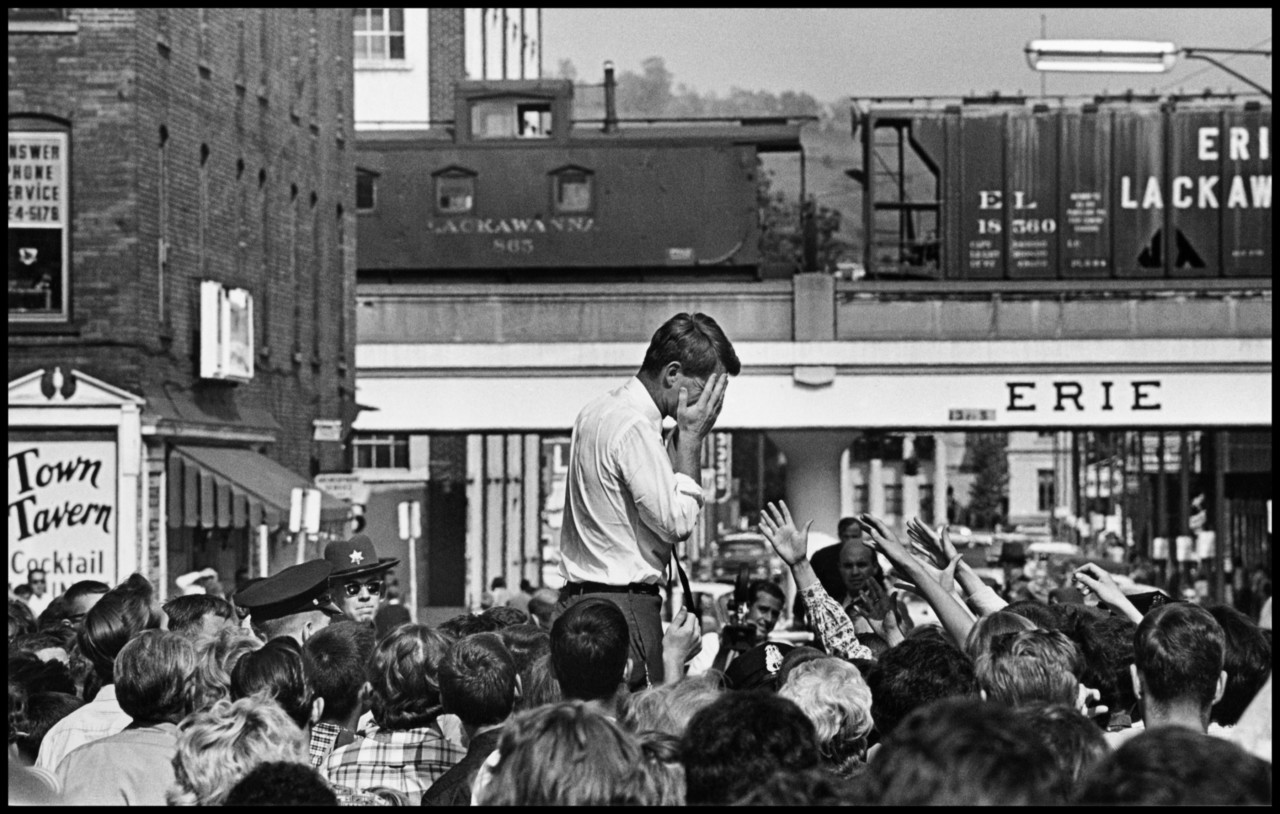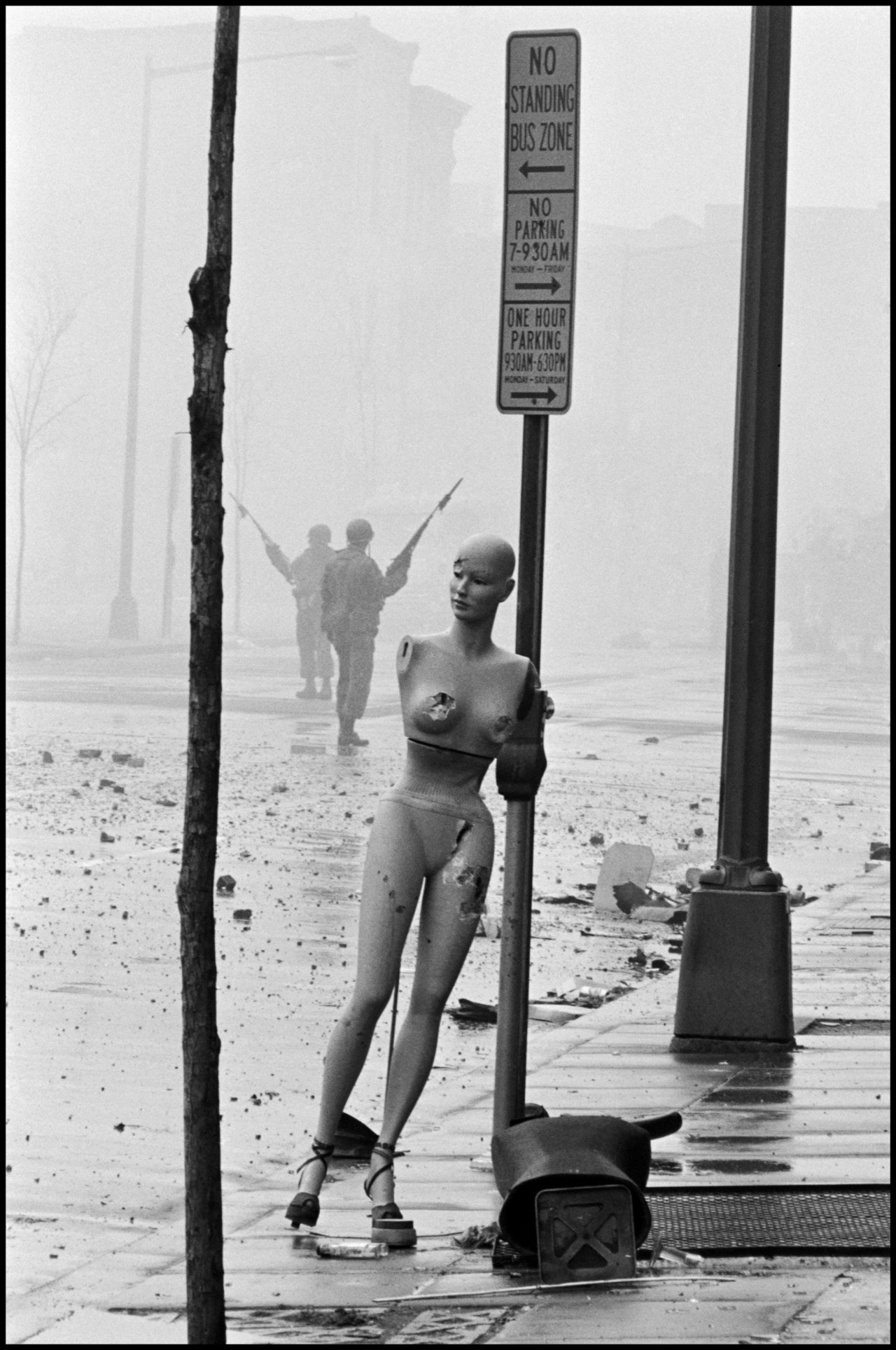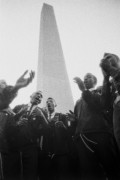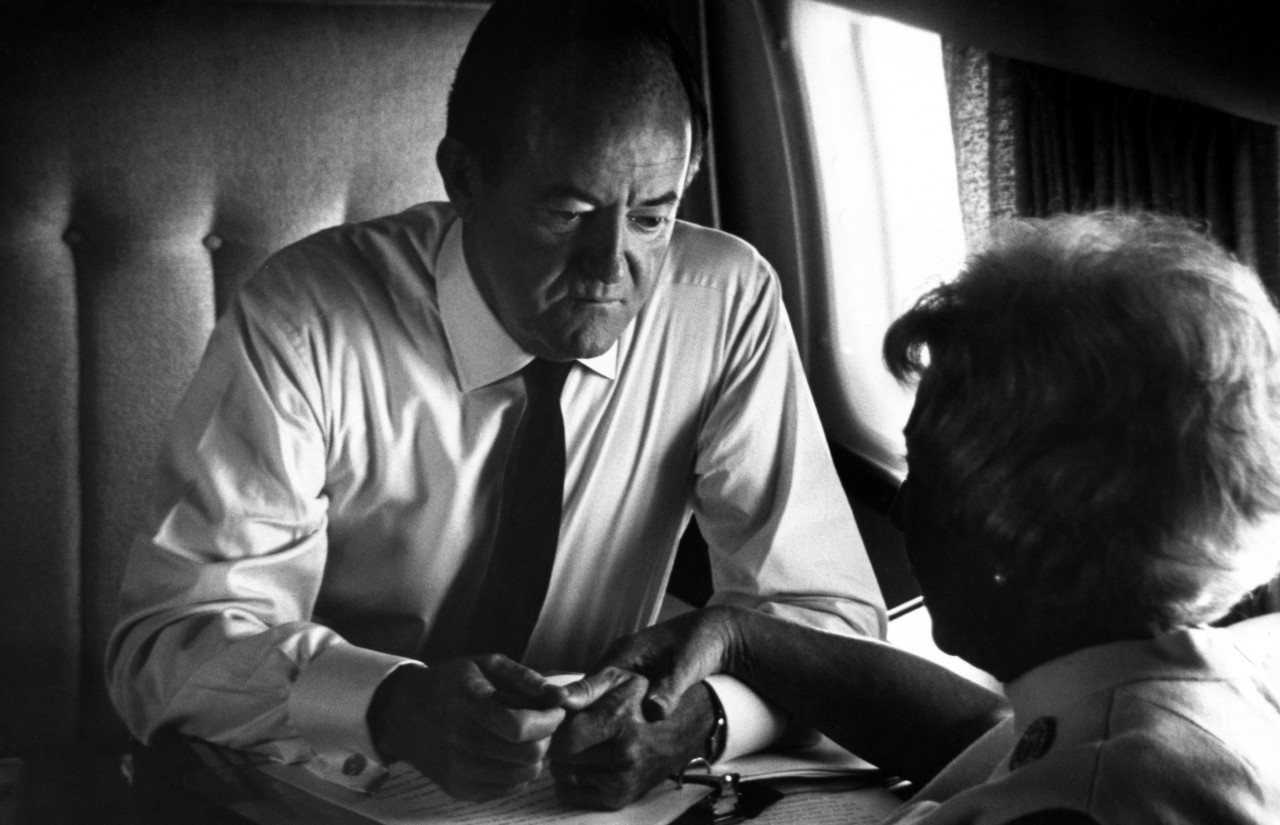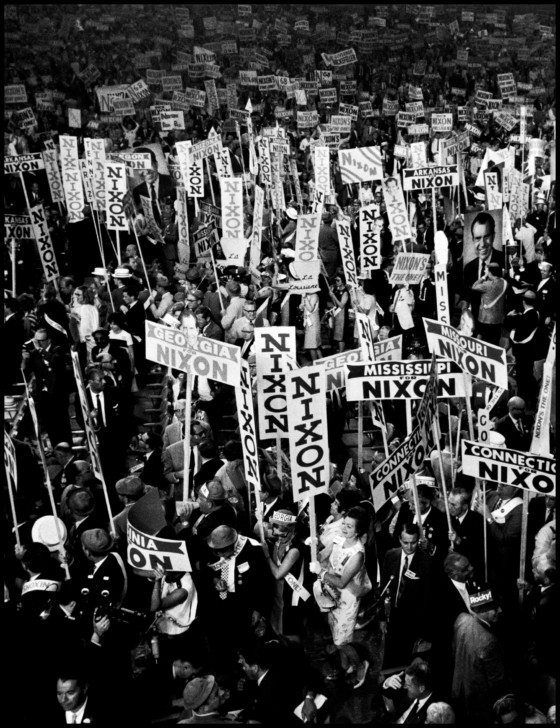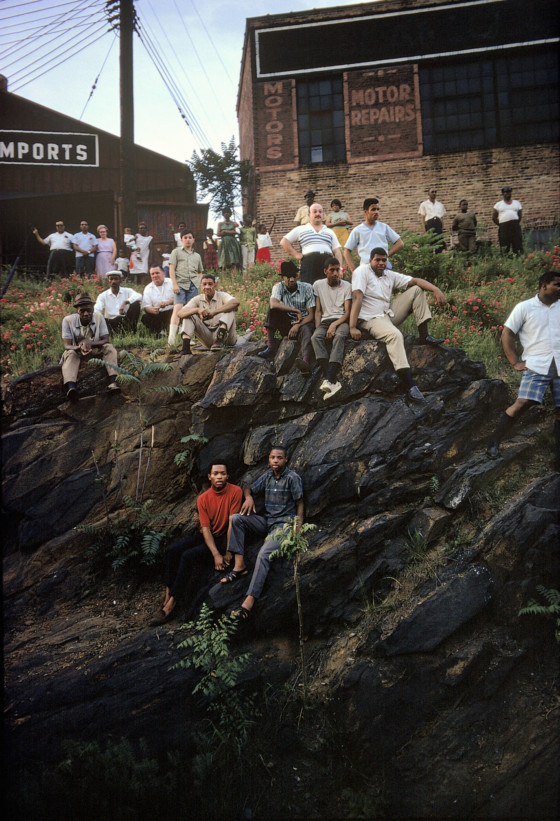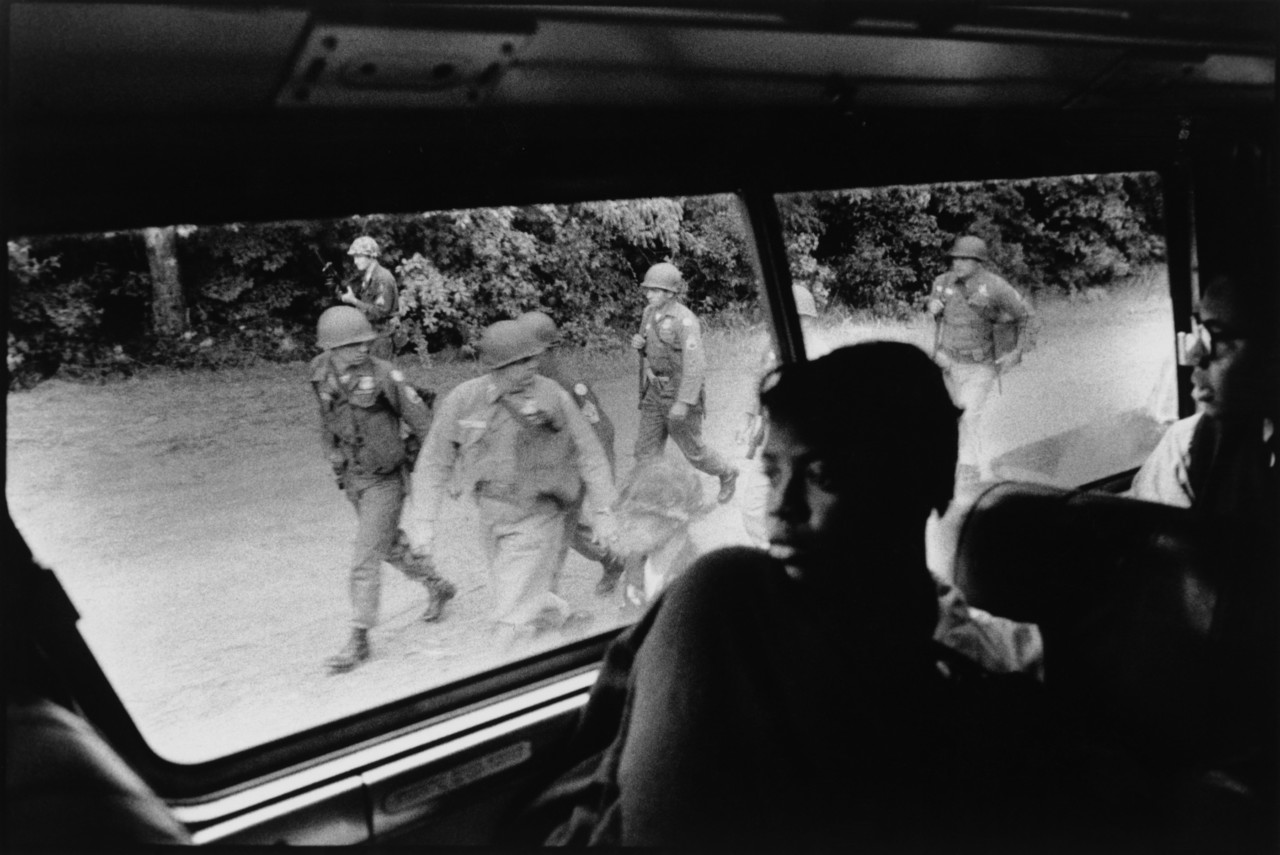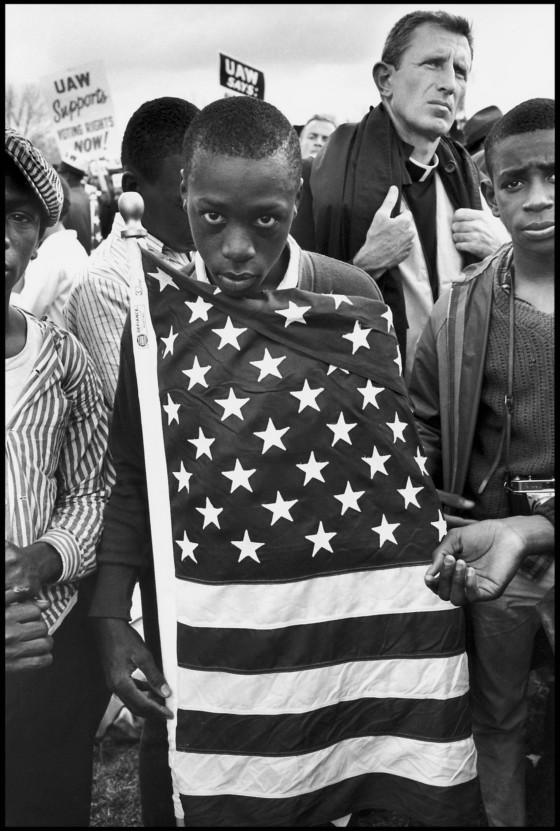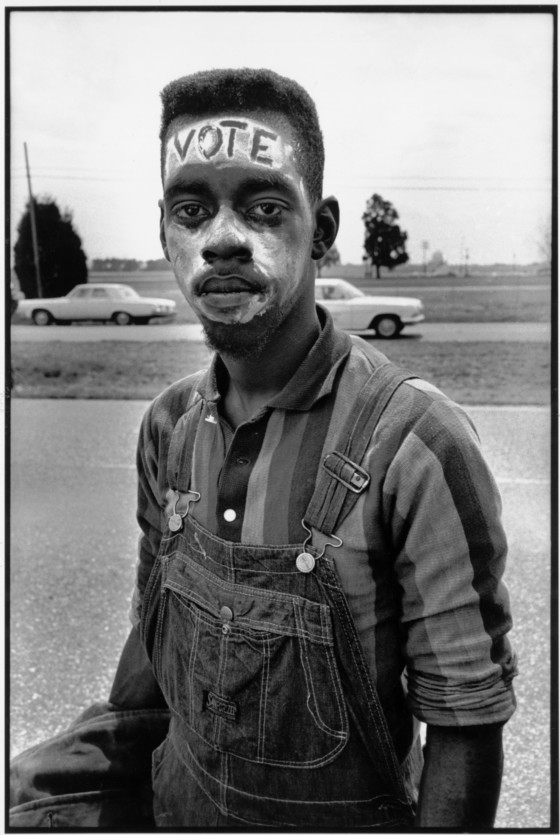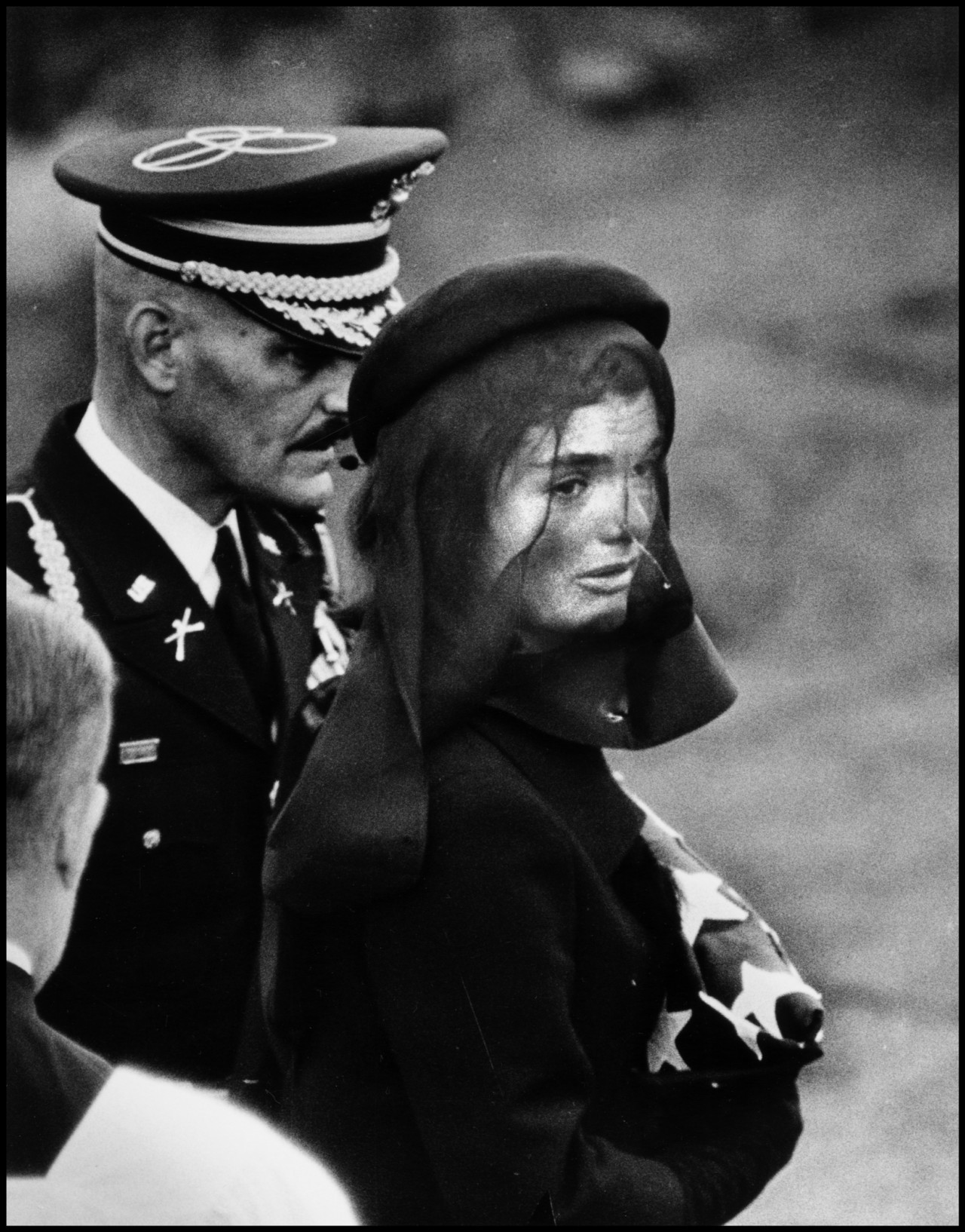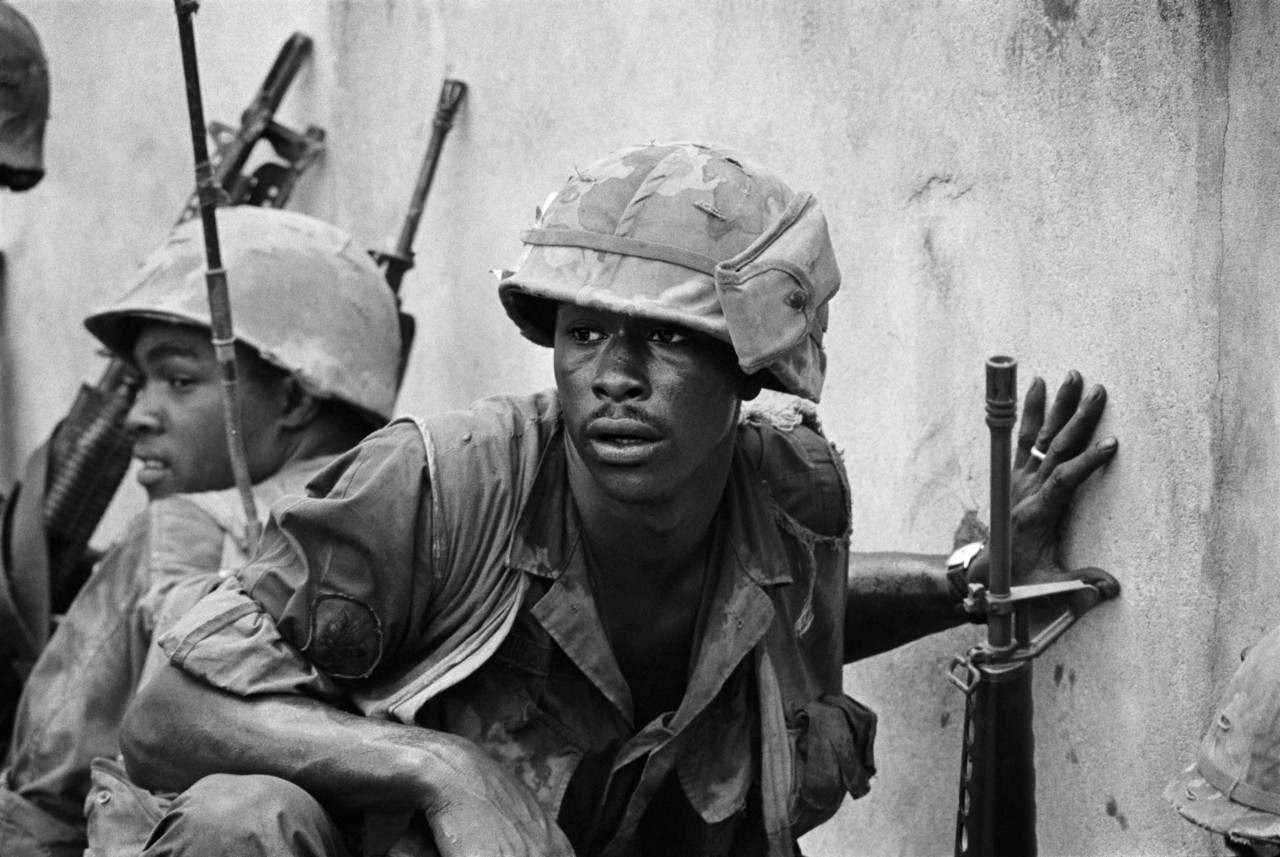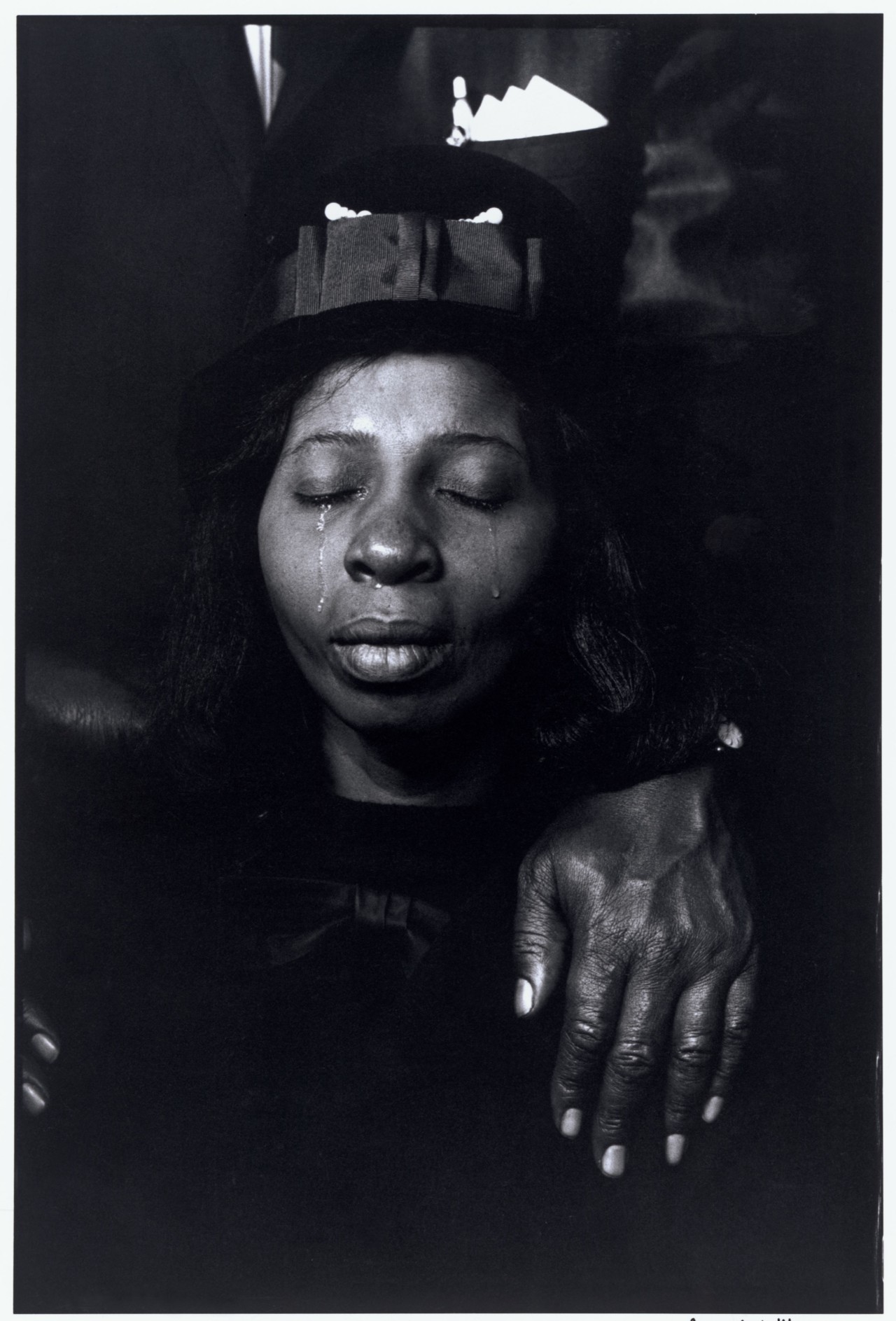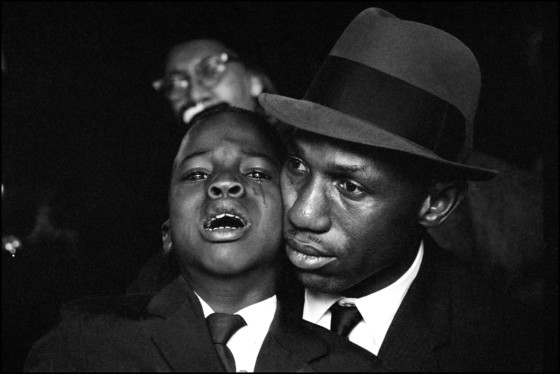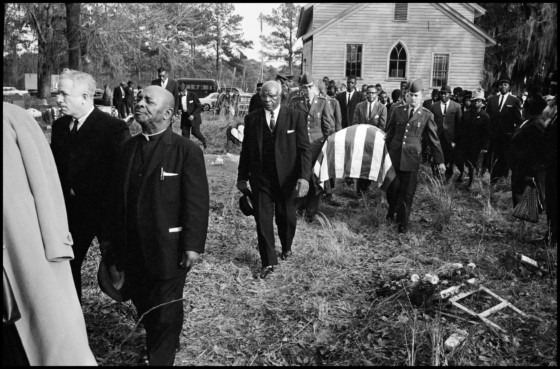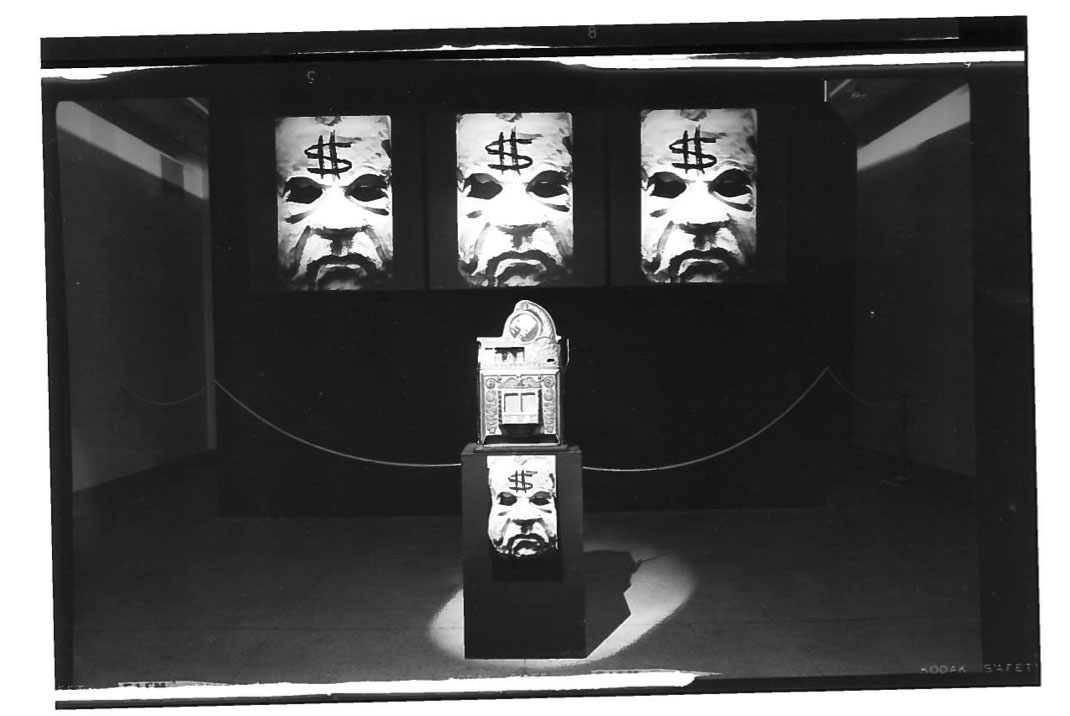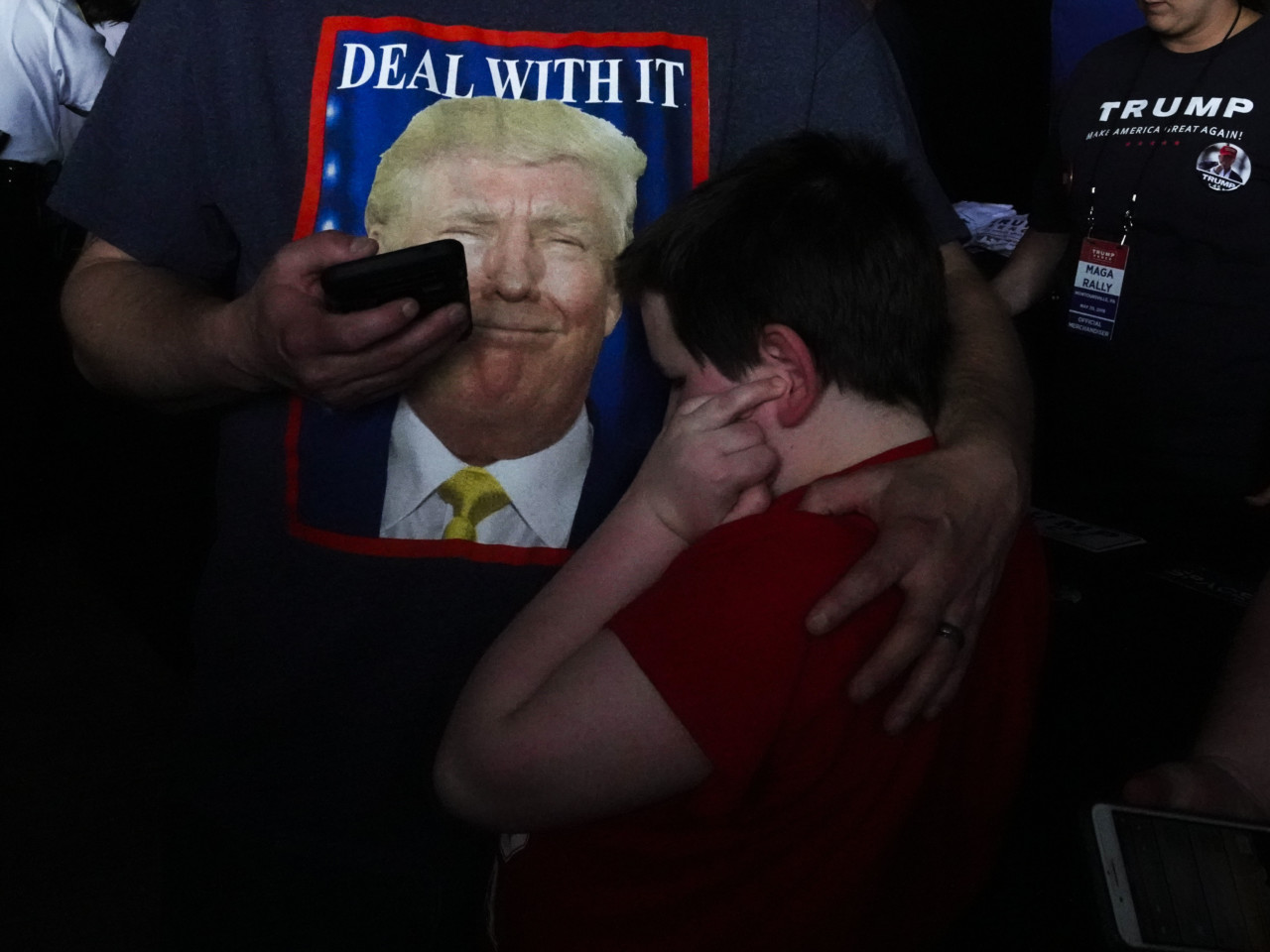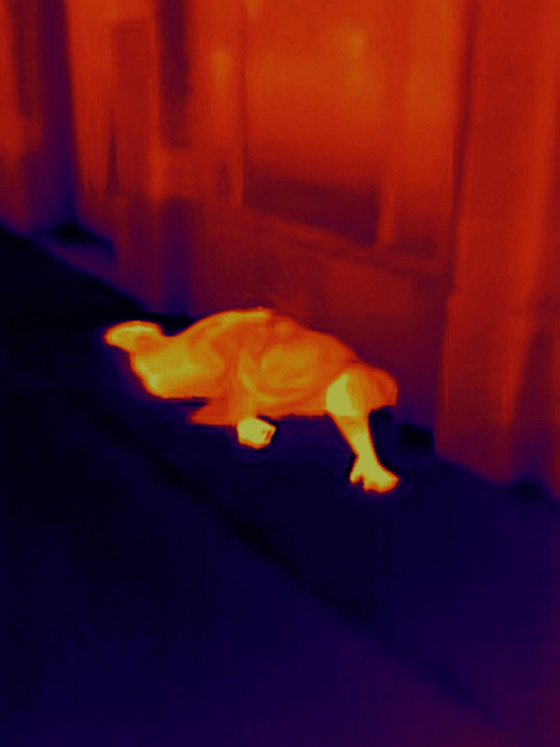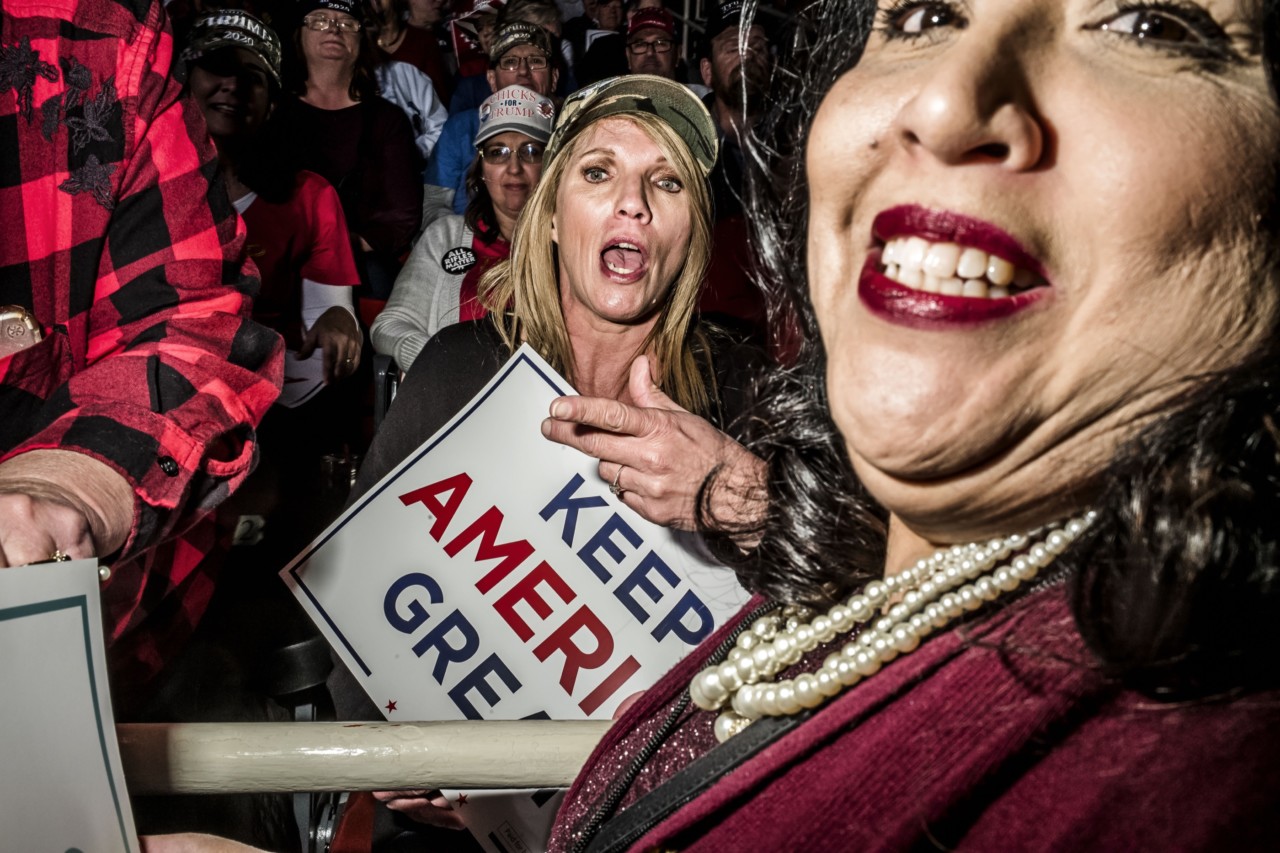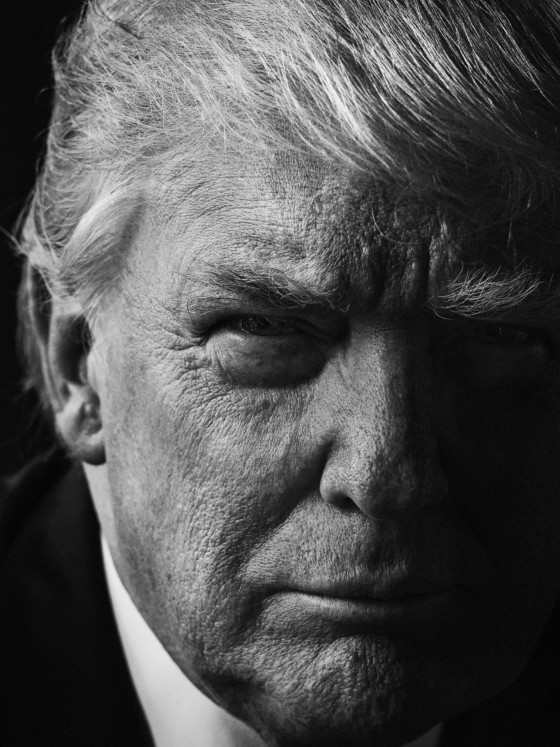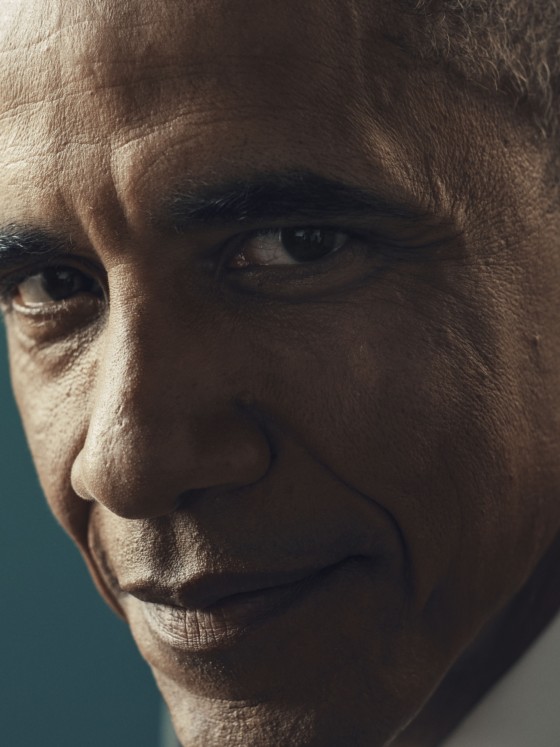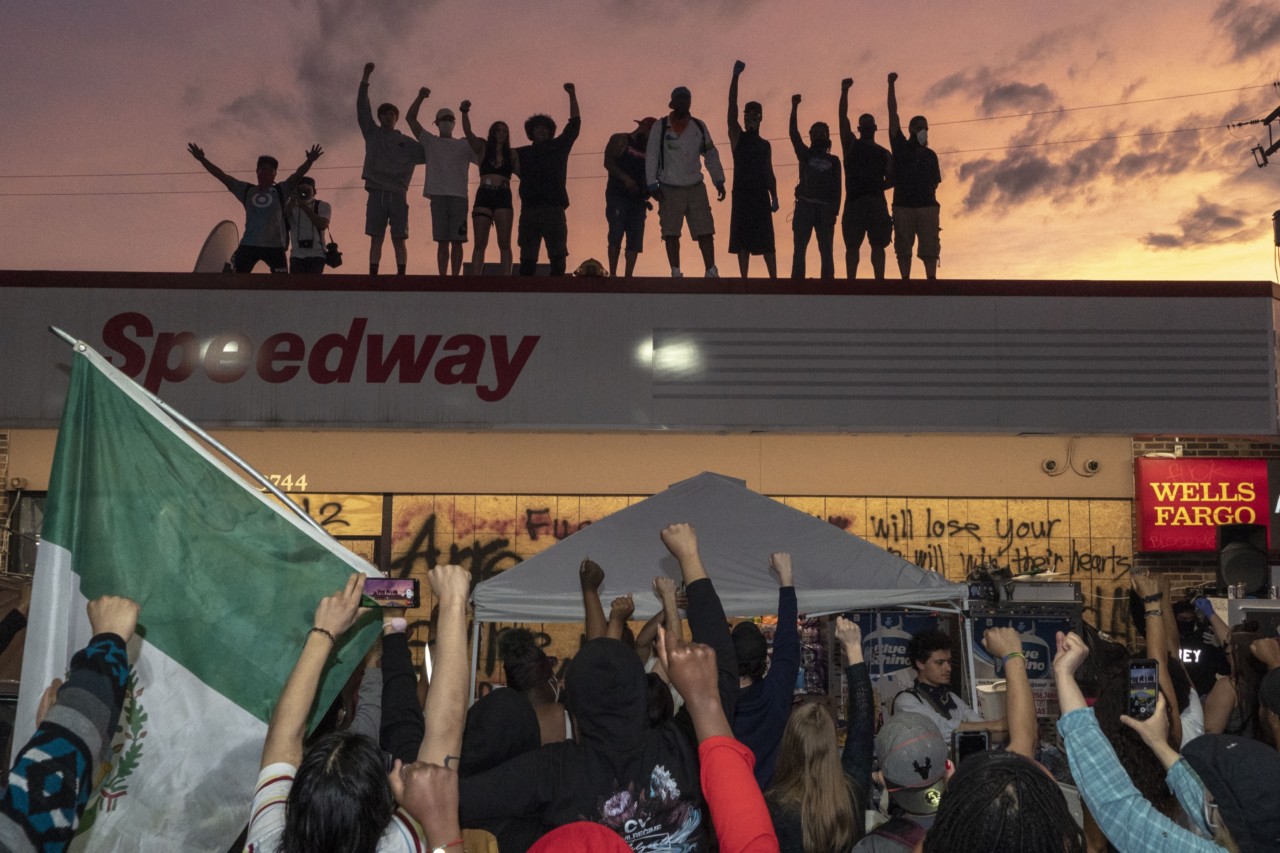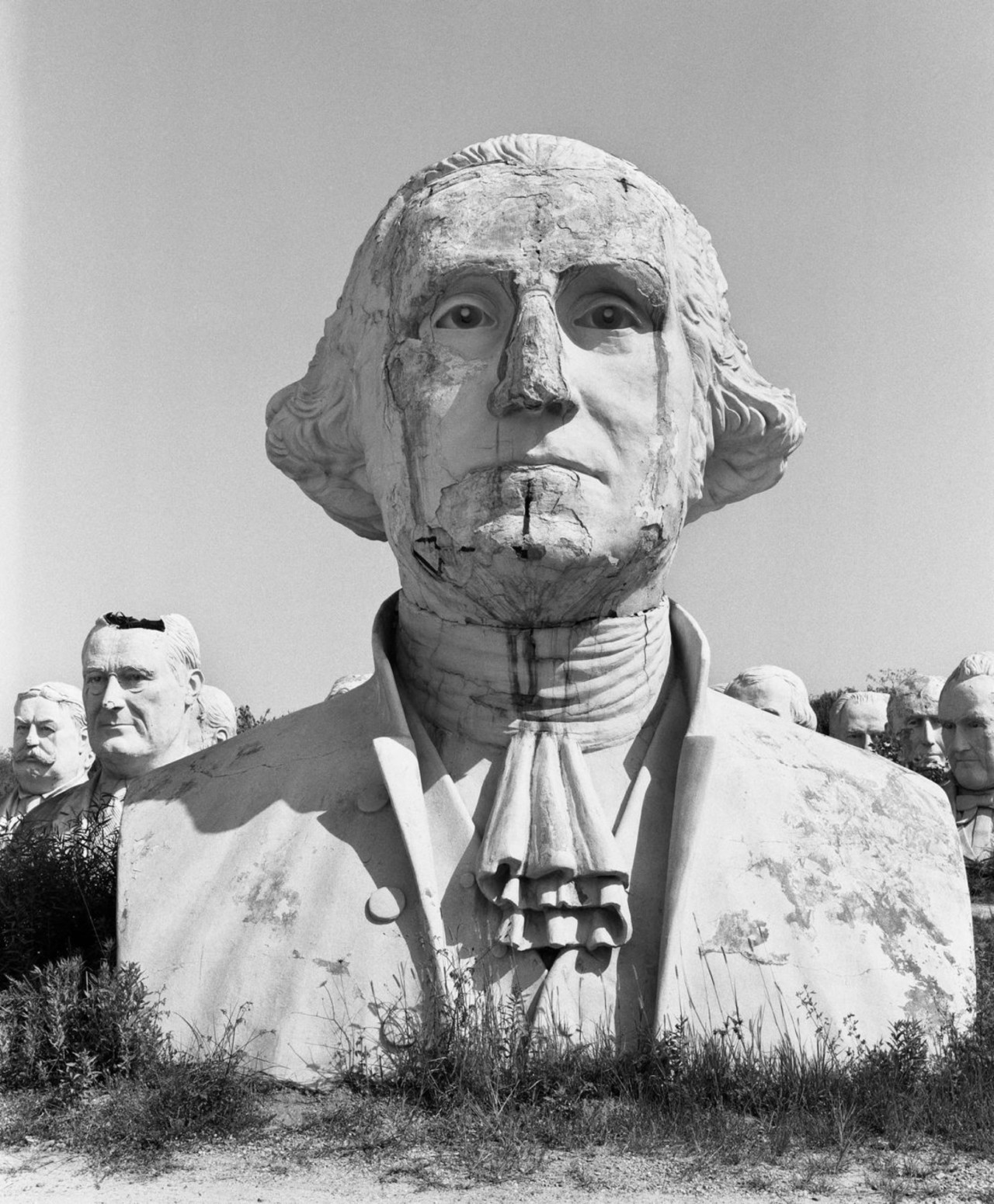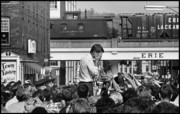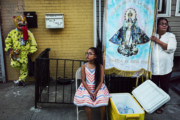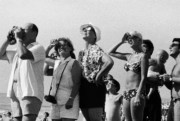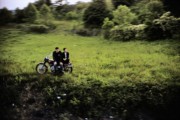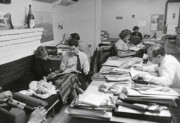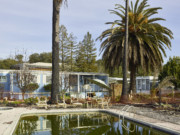America in Crisis: Revisited
The seminal book offers many an alarming parallel to today's crises. A new exhibition at the Saatchi Gallery in London explores social change in America from the 1960s to the present day.
Ahead of the exhibition America in Crisis opening this week, Former Global Cultural Director of Magnum Photos, now photography and art consultant Sophie Wright looks back at the Magnum publication America in Crisis.
America in Crisis is on view January 21 – April 3 at Saatchi Gallery in London, exploring social change in America from the 1960s to the present day. Book tickets here: saatchigallery.com/aictickets
“Our crisis today is the clash between the nation’s traditional vision of itself—the American Dream—and the hard, discordant realities it lives with.”
So begins the foreword by Jerry Mason and Adolph Suehsdorf, the editors of America in Crisis, a project conceived in 1968 by the photographer Charles Harbutt and Magnum New York’s Bureau Chief, Lee Jones, to document the lead-up to that year’s presidential election. Featuring the work of 18 photographers, presented in a book, exhibition, short film and experimental installation, many of the issues explored in this over 50-year-old photographic project, are sadly still relevant today.
The existing “tensions and tears in the American Dream” – inequality, racism, violence, political polarisation – have been exacerbated by the current president incumbent Donald Trump, a reality TV star turned politician, more concerned with optics than the responsibility and graft of real leadership. His term in office, has played out within the wider context of a technological revolution which has affected every aspect of society. The climate change crisis has meant annual destruction from hurricanes and wildfires, the smoke from which turned California’s skies apocalyptic orange this September. Since March, the Covid-19 global pandemic continues to wreak havoc on the nation’s health and the economy. There is so much to contend with, that, as the US approaches the polls this November, the phrase “America in Crisis” has found real currency again.
"Until recently, the turbulence of 1968 felt extraordinary and from another era. Since the last decade of the Twentieth Century, when the philosopher Francis Fukuyama heralded the triumph of Western liberal democracy, the predominant cultural narrative has been one of progress"
-
Until recently, the turbulence of 1968 felt extraordinary and from another era. Since the last decade of the 20th Century, when the philosopher Francis Fukuyama heralded the triumph of Western liberal democracy, the predominant cultural narrative has been one of progress. 9/11 shook America’s sense of invincibility, but much of today’s deep-seated troubles originate at home and bring increased weight to observations such as this, from the America in Crisis editors:
“In a land of liberty, we kill good men among us. In a land of plenty, poverty is ingrained. Professing social justice, we endure a shameful gap between what we say and what we do…. Events overwhelm us; our systems for all their power, seem inadequate to their tasks. And our national spirit seems to have lost a measure of its generosity and zest.”
"In 1968 Nixon’s minority Republican candidacy prevailed over Democrat Hubert Humphrey, as America struggled to come to terms with a series of shocks: the assassinations of President John F Kennedy in 1963 followed by senator Robert Kennedy and civil rights campaigner Martin Luther King in 1968"
-
In 1968 Nixon’s minority Republican candidacy prevailed over Democrat Hubert Humphrey, as America struggled to come to terms with a series of shocks: the assassinations of President John F Kennedy in 1963 followed by senator Robert Kennedy and civil rights campaigner Martin Luther King in 1968, ongoing racial and economic tensions at home and the US government’s continued entanglement in a bloody and unpopular war in Vietnam.
Many celebrated Magnum photographs were produced from this tumultuous year. From Philip Jones Griffith’s ferocious photojournalistic exposé of the damage wrought by US intervention in Vietnam to Paul Fusco’s moving series on the track-side tributes of the American public as they turned out for Robert Kennedy’s funeral train. From Josef Koudelka’s fearless record of Russian tanks rolling into his home city of Prague that August, to Raymond Depardon’s documentary of the Mexico Olympics and American athletes black power salutes, on the podium two months later.
"America in Crisis includes many well-known photographs. As Harbutt explained in a lecture given to students at New York University in the Spring of 1970, he conceived the project “to incorporate the photographers on their own terms, in their own concerns, and made extensive use of material that they were shooting anyway or had already shot.”"
-
America in Crisis includes many well-known photographs. As Harbutt explained in a lecture given to students at New York University in the Spring of 1970, he conceived the project “to incorporate the photographers on their own terms, in their own concerns, and made extensive use of material that they were shooting anyway or had already shot.” Of the eighteen Magnum photographers contributing work, some are no longer associated with the agency, including Harbutt himself, Don McCullin, Burk Uzzle, Roger Malloch, Paul Ryan, Rick Winsor and Mary Ellen Mark. During its production, photographers’ works appeared in picture magazines such as Life, Look and Newsweek. At the same time, the book was conceived with text provided by New York Times writer Mitchel Levitas.
The publication of America in Crisis divided into eight chapters, exploring topics such as the deep roots of poverty, inequality, and civil unrest, alongside images from the political campaigns of Robert Kennedy, Nixon and Humphrey. Levitas’ text was kept to a minimum in an attempt to improve impartiality, as the forward explains “‘Because so much of what is happening is subjective much of the crisis is interpreted in pictures”. Reproduced in black and white with short captions, the photographs respond to each chapter’s themes with photographers’ names kept to the back.
"Opening “A Streak of Violence” portraits of the three widows Jacqueline and Ethel Kennedy and Coretta Scott King, taken at their husband’s funerals, are placed together, pain writ large on their faces. There are extraordinary images by Danny Lyon and Bruce Davidson from civil rights protests in “The Battle for Equality”"
-
The bold typographic cover design and picture layout are very much of their time, but the best spreads from the book have lost none of their power. Opening “A Streak of Violence”, portraits of the three widows Jacqueline and Ethel Kennedy and Coretta Scott King, taken at their husband’s funerals, are placed together, pain writ large on their faces. There are extraordinary images by Danny Lyon and Bruce Davidson from civil rights protests in “The Battle for Equality”. In that same chapter, a particularly jarring juxtaposition places Hiroji Kubota‘s photograph of young black men protesting at the towering Washington monument opposite Burk Uzzles’s portrait of a family of Klu Klux Klan members. A man and woman with young child at their side, wear the familiar tall hats of the Klan, echoing although entirely opposite in sentiment, the strong upright form of the monument. In chapter ‘The Unwanted War’, Jones Griffiths and Don McCullin’s exemplary coverage of shell-shocked soldiers, the wounded and dead at the front lines in Vietnam, is followed by Costa Manos’ moving record of a young soldier’s funeral back home.
"In chapter 'The Unwanted War' Jones Griffiths and Don McCullin’s exemplary coverage of shell-shocked soldiers, the wounded and dead at the front lines in Vietnam, is followed by Costa Manos’ moving record of a young soldier’s funeral back home"
-
Published in 1969, the book of America in Crisis was accompanied by an exhibition at the Riverside Museum in Manhattan, where it was shown as part of a series of exhibits on Concerned Photography. Charles Harbutt devised the whole show “as a means to explore the impact of media on our understanding of the meaning (as opposed to the content in reality) of a photograph”. Alongside the conventional print presentation, Harbutt produced a six-minute film and a further experimental format, entitled The Picture Bandit; a picture-randomising device, presenting works from the project across the three spools of a one-armed bandit gambling machine. The bandit used chance as the organising principle by which viewers encountered the images. The winners, with three matching images in a row of a (deeply unflattering) mask of Richard Nixon with dollar signs for eyes, were given free entry to the exhibition. A playful installation, it also critiqued systems of editorial and political control. Of the project, Harbutt later said “of course, none of this prevented Nixon getting elected again, but we added to the discontent… I like to think.”
The Picture Bandit, conceived as a defiantly analogue installation at the time, also reflects something of today’s online image culture and the visual cacophony of media platforms. It is notable that Fukuyama’s pronouncement of the end of history in the early Nineties coincided with the emergence of the world wide web and the digital revolution. In 1968, Harbutt was already questioning the effect of the medium on the message. Digital has not only disrupted all aspects of the picture industry, but in 2020, there is a full-blown crisis in the veracity of news. In the drive to keep us online, media platforms’ voracious appetites have led to a tsunami of content, much of which remains unchecked. Campaigns of digital disinformation led by nation states on social media, have created a further breakdown in trust. Donald Trump personifies this moment, attacking journalists via Twitter and sowing distrust in “fake news”. There are winners and losers in the new digital economy and feelings of insecurity and fear amongst people who feel left behind, have provided a fertile breeding ground for populist politicians in America and Europe to gain power. History repeats itself.
"And how will 2020 be understood through photographs?"
-
And how will 2020 be understood through photographs? Antoine d’Agata, Alex Majoli and Lorenzo Meloni captured the Covid pandemic as it ripped through Europe in the Spring. In America, Matt Black’s long-term project American Geography, has mapped the ingrained poverty impacting communities across the country. Christopher Anderson portrayed consecutive president’s Barack Obama and Donald Trump, for the covers of Wired and The New York Times Magazine. Eli Reed’s record of George Floyd’s funeral in Houston, Peter van Agtmael’s coverage of Black Lives Matter protests in Minneapolis and Bruce Gilden’s work from a Trump Rally in Charlotte, North Carolina capture important historical moments and points of view.
"Despite the crisis in the news media, in this year of protest, the role of photography as a means to record, to “bear witness”, retains relevancy"
-
An editorial assignment by Hannah Price, photographing a field of decaying sculptures of American presidents becomes a powerful metaphor of the nation’s crumbling authority. Despite the crisis in the news media, in this year of protest, the role of photography as a means to record, to “bear witness”, retains relevancy.
Once again, “America in Crisis is America at this minute – a nation angry, fearful and wondering what went wrong.” Will Americans punish Donald Trump, a president who ran his term in office like a prime-time TV show, at the ballot box? The world waits with baited-breath for the season finale. The impact of this ignominious era in American politics, will be felt by many of us, for years to come.


